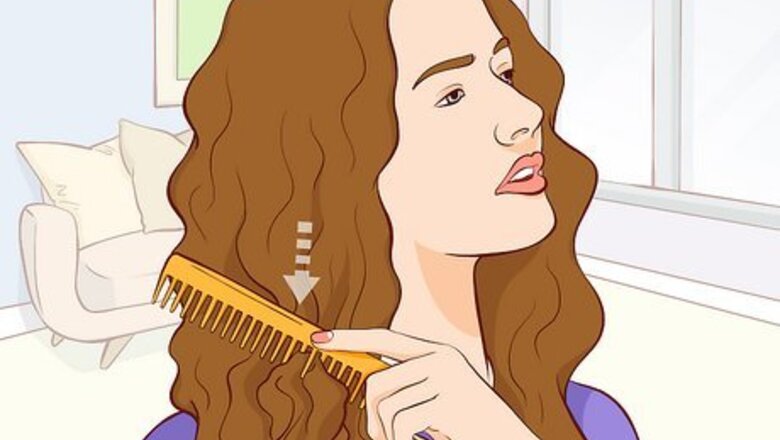
views
Combing Wet Hair
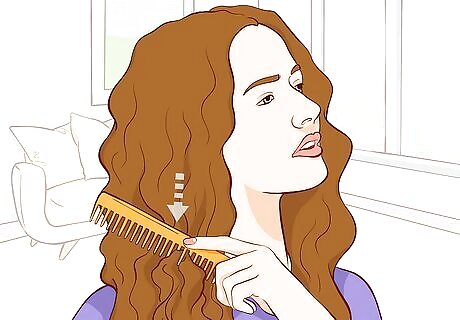
Use a wide-tooth comb or pick. Never use a brush on wet hair. By using a wide-tooth comb or pick with rounded tips, you'll be able to comb out your hair much more gently than if you used a fine-tooth comb or a brush. You'll be able to work any tangles out softly and painlessly. When your hair is wet, it's much more fragile and vulnerable to damage, so be very gentle. If you have to use a brush, opt for a wet brush or tangle teezer.
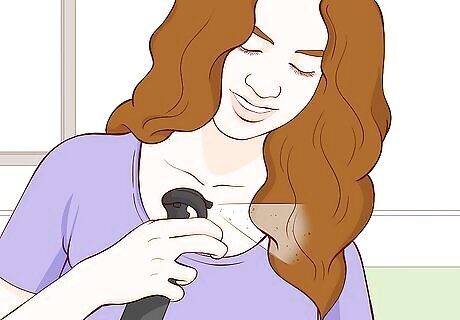
Apply a leave-in conditioner or detangling spray. This will help work out any nasty tangles or knots you have, and make the combing process easier. An easier combing process means less pulling at your scalp, and thus less pain. Many products will give you additional benefits, like taming frizz and softening your hair. Find a product that works best for your hair type, and you'll reduce the pain of combing.

Comb from the bottom up. In other words, comb a little bit at the tips, moving upwards only when you've gotten out any tangles in the previous section. Most people's natural inclination is to start at the root and just try to comb their way to the bottom. You'll run into a lot of tangles this way, and risk breaking and tearing your hair. Start from the bottom, and slowly work your way up.
Combing Dry Hair
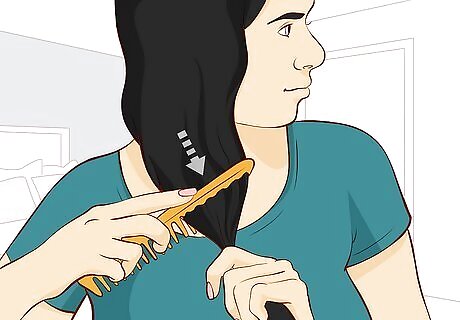
Work with small sections. Rather than trying to run a comb through your entire head of hair at once, it's best to work with one, tiny section at a time. With your free hand, separate the section that you'll be working with first.
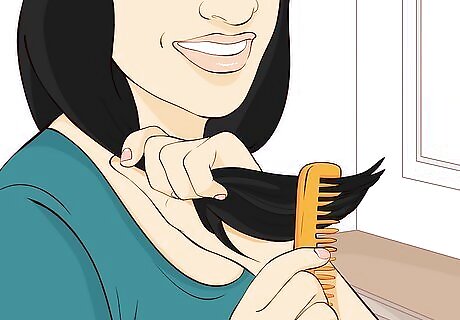
Start at the tip of your hair. With brisk, light strokes, brush the end of your hair until you've worked the tangles out of that part of the section. Do not start moving upwards until you're confident that you've worked out all the knots below.

Move your comb upwards. As you comb out each section, move up your hair, towards the root. Little by little, you will comb out the entire section you're holding in your free hand. Remember, take your time. If you attempt to comb our larger sections, you will run into bigger (and more painful) knots.

Start a new section. Repeat steps 1 to 3, gently working your way up each section. Continue these steps until you've finished combing through every section of hair. This process may take awhile, but combing your hair out gently section by section will greatly reduce any pain to your scalp.
Avoiding Tangles
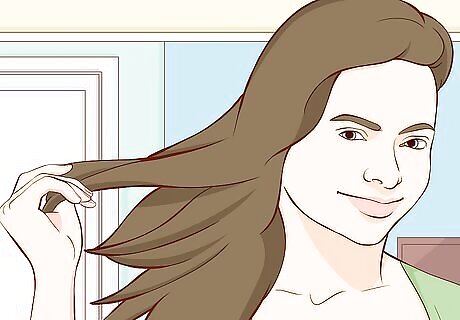
Consider thinning your hair. The type of haircut and hair texture you have will often determine whether or not it tangles and is easy or difficult to comb through. For example, if you have fine hair but lots of it, this may tangle up. Thinning the extent of hair may seem counter-intuitive but will both give your hair volume and reduce the tangling considerably. Next time you're at the salon, ask for advice tailored to your hair type.
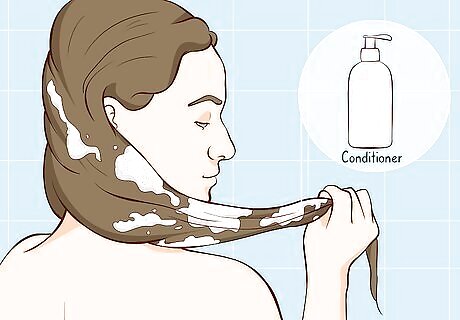
Condition regularly. By conditioning your hair, you'll ensure that it's moisturized and hydrated. Dry hair tangles more easily than silky, smooth hair. Conditioning is also less damaging than shampooing, so you can condition daily guilt-free! Every week or so, pamper your hair with a hydrating mask (store-bought or homemade) to give your hair an extra drench. You can even start combing your hair after applying conditioner in the shower.
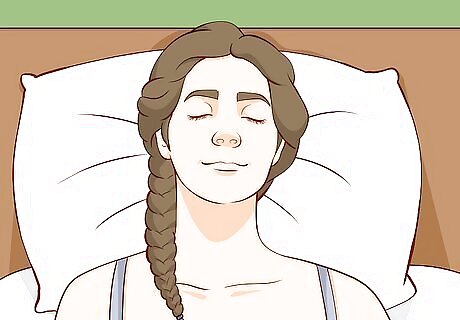
Sleep with your hair in braids. If you toss and turn at night, you'll likely wake up with a bed head full of tangles. By sleeping with your hair in loose braids, you'll avoid a huge, matted mess in the morning. Your hair will be restrained in your braids, and therefore can't get too crazy. Not only will this prevent tangles, but you can wake up with pretty waves.

Invest in satin pillowcases. The smooth, buttery texture will help prevent tangles. Not only do cotton pillowcases suck moisture out of hair, they create knots from the friction of the rougher fabric. Satin pillowcases will help you wake up with hair as soft as the material!


















Comments
0 comment